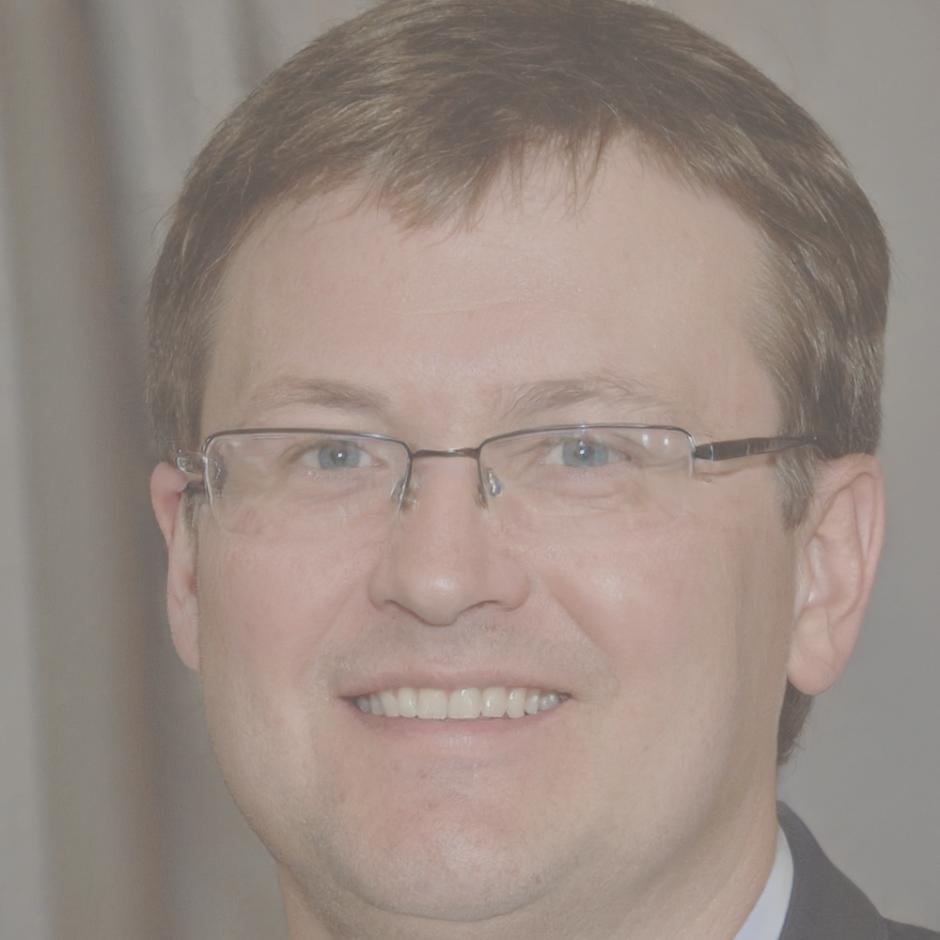Turn Financial Knowledge Into Real Growth
We're not selling quick fixes or magic formulas. What you'll find here is a practical approach to understanding business finances — the kind that actually helps when you're making tough decisions at 2am.
Explore Our Program
Find Your Starting Point
Different businesses need different approaches. We've built this around real scenarios we've encountered working with hundreds of Australian enterprises since 2019.
Revenue Under 0K
You're probably juggling everything yourself. Our autumn 2025 foundation track focuses on setting up systems that won't break as you grow — cashflow tracking that takes minutes, not hours.
Growing Team
Once you hit 5-10 people, the numbers get complicated fast. We'll show you what metrics actually matter when you're trying to decide if you can afford that next hire.
Scaling Phase
The jump from 1M to 5M revenue is where most businesses stumble. Our winter 2025 intensive covers the financial planning approaches that helped 87 businesses navigate this transition.
Seeking Investment
Investors ask hard questions about your numbers. We prepare you for those conversations with frameworks used by companies that successfully raised capital in 2024-2025.
Business Turnaround
Sometimes the numbers tell an uncomfortable story. Our diagnostic approach helps you identify where the financial strain is coming from and what levers you can actually pull.
Market Expansion
Opening new locations or entering new markets requires different financial thinking. We break down the cost structures and risk assessments that matter when you're spreading resources thin.

How We Structure The Learning
Financial Fundamentals (Weeks 1-4)
Starting with the basics that somehow get skipped in most business education. Understanding where your money actually goes, why profit and cash are different things, and how to read financial statements without wanting to close your laptop.
Planning and Forecasting (Weeks 5-8)
Building forecasts that aren't pure fantasy. We use real company examples to show how to create projections you can actually use for decision-making, not just documents to show the bank.
Growth Mechanics (Weeks 9-12)
The financial side of scaling is counterintuitive. Revenue can double while you run out of cash. We walk through the unit economics and working capital patterns that determine whether growth helps or hurts your business.
Strategic Decisions (Weeks 13-16)
This is where it gets practical. How to evaluate whether that new opportunity is worth pursuing, when to cut losses on underperforming products, and how to allocate limited resources when everything seems important.
Quick Wins You Can Use Today
Small changes that actually move the needle. These come from patterns we've noticed across successful businesses.
Track Weekly, Not Monthly
Monthly reviews are too slow for most businesses. A simple weekly check on cash position, outstanding invoices, and upcoming expenses gives you time to react before problems become crises. Takes 15 minutes once you set it up.
Know Your Break-Even
Most owners don't know their exact break-even point. Calculate your fixed costs and contribution margin per sale. This number tells you how much runway you have and what sales targets actually mean.
Separate Profit Types
Gross profit, operating profit, and net profit tell different stories. Mixing them up leads to bad decisions. Track all three and understand what each one reveals about your business health.
Build a Cash Buffer
Three months of operating expenses in reserve isn't paranoid, it's practical. Start with one month and build from there. This buffer is what lets you make strategic decisions instead of desperate ones.
Price for Tomorrow
Your pricing needs to support the business you want, not just the one you have. Build in margin for investment in systems, people, and infrastructure. Cheap today means stuck tomorrow.
Review Customer Profitability
Not all revenue is equal. Some customers cost more to service than others. Identify your most profitable relationships and understand why they work. Then find more like them.
What Past Participants Say
I'd been running my consulting practice for six years without really understanding my numbers. The cashflow module alone probably saved my business — I was making decisions based on bank balance instead of actual profitability. Three months after finishing the program, I restructured our pricing and service delivery. Revenue stayed flat but profit doubled.
We were preparing to pitch investors and realized our financial projections were essentially fiction. The forecasting section gave us a framework that passed scrutiny from three different VC firms. We didn't get funding from the first round, but the second pitch in early 2025 succeeded partly because our numbers made sense and we could defend our assumptions.
Your Path Through The Program
This isn't self-paced browsing through videos. It's structured as a 16-week intensive starting September 2025, with cohorts of 20-25 business owners working through material together.
Phase 1: Assessment (Weeks 1-2)
We start by looking at your actual business. You'll submit three months of financial data and we'll identify the specific patterns that need attention. No generic curriculum — the examples and case studies get tailored to what your business actually faces.
Phase 2: Foundation Building (Weeks 3-6)
Core financial literacy work. If you're weak on understanding statements, this is where we fix it. If you're already solid, we go deeper into analysis techniques. Two live sessions per week plus homework that uses your real numbers.
Phase 3: Strategic Application (Weeks 7-12)
Building planning and forecasting capabilities. You'll create actual financial models for your business decisions — whether that's hiring, expansion, pricing changes, or new product development. Peer review from other cohort members keeps you honest.
Phase 4: Implementation (Weeks 13-16)
The final month focuses on execution. You'll present your strategic financial plan to the cohort and a panel of advisors, get feedback, and refine it. Then we help you implement the first 90 days of changes.
Post-Program Support (3 Months)
Monthly check-ins with your cohort group and quarterly financial reviews with program facilitators. This part is crucial — it's where the concepts become habits. Most participants report this ongoing accountability is what makes the changes stick.

